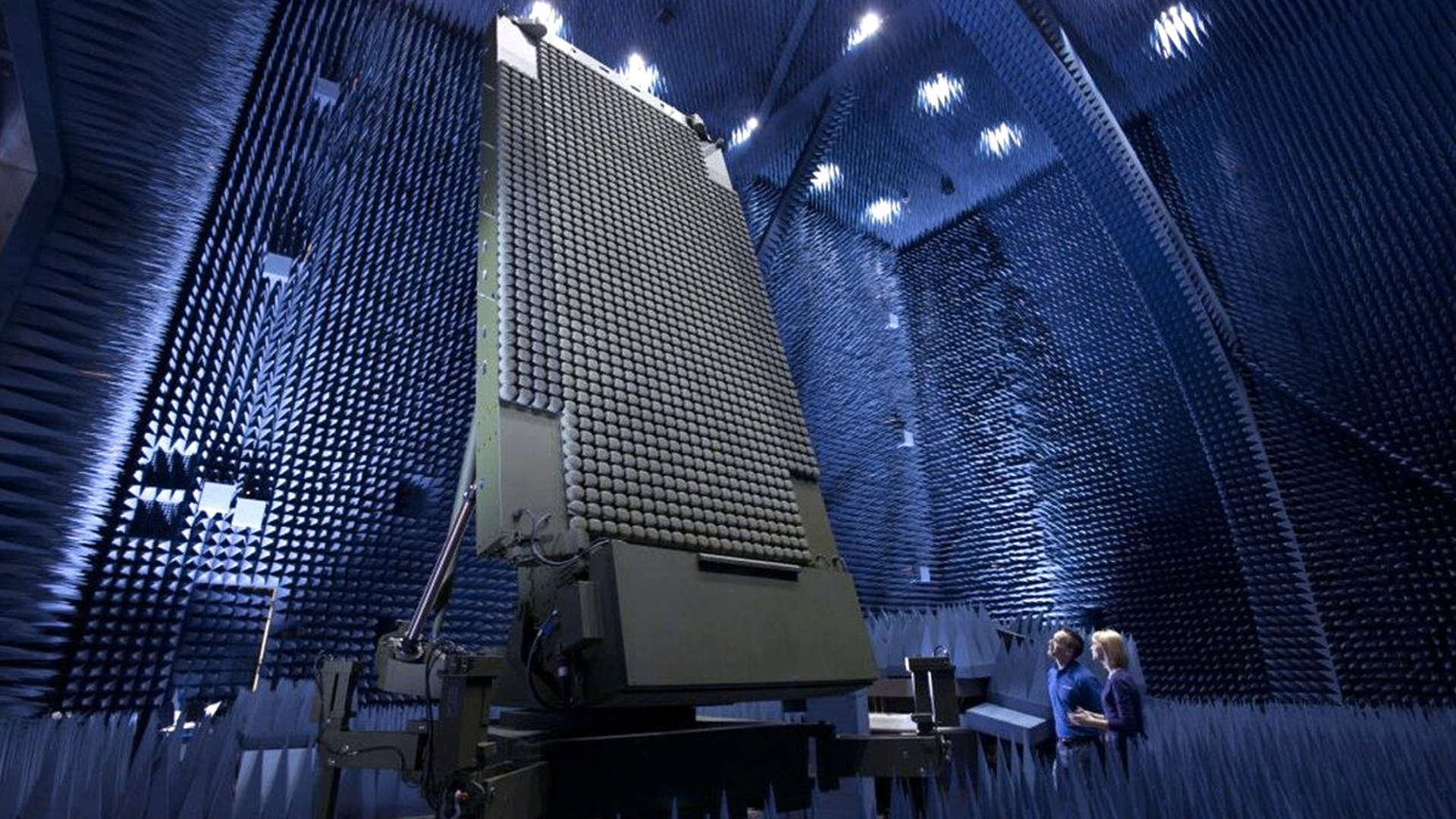

The great warrior G.I. Joe once said that ‘knowing is half the battle,’ but the Air Force is still using antiquated long-range radar systems from the 1960s to know what threats are approaching on the modern battlefield.
The service plans to fix that with the TPY-4 radar, a ground-based array that has longer range and better coverage than its predecessors and can also pick out smaller objects like unmanned aerial vehicles from the background clutter.
The Air Force is throwing down plenty of cash to bring that technology to life. On Jan. 19, the service awarded nearly $84,938,768 to Lockheed Martin to help cover the bill for producing TPY-4 systems, at least one of which has already been completed. The most recent sum builds off a previous $94 million contract awarded to Lockheed Martin in March, when the Air Force first selected the TPY-4 to replace its aging TPS-75 radar system as part of its Three-Dimensional Expeditionary Long Range Radar (3DELRR) program.
That agreement “includes production options for 35 long-range radar systems,” according to Lockheed Martin. The total value of the contract is now about $183 million, according to the Department of Defense.

Part of what makes the TPY-4 a game-changer for air defense is that it is made out of 1,000 mini-radars. Also known as ‘pucks,’ these “radiating elements” allow the system to multi-task, with different pucks scanning for different threats, according to the manufacturer, Lockheed Martin. That ability to tailor a radar picture could be essential in a modern air defense scenario, where service members may have to keep an eye out for enemy manned aircraft, drones and missiles, perhaps all at the same time.
“If you imagine older style radars as putting out beams and receiving energy back, they kind of did it as an entire antenna,” Rick Herodes, Lockheed Martin’s program director for ground-based air surveillance systems, told Breaking Defense in April. “Each one of those pucks can transmit independently and receive independently and act as its own radar. We could change how the radar transmits and receives so that part of the antenna could do one thing and another part of it could do another thing.”
Those independent mini-radars will also help the system detect threats “in high clutter and jamming,” according to Lockheed.
Subscribe to Task & Purpose Today. Get the latest military news, entertainment, and gear in your inbox daily.
The new radar is big, standing at about 26 feet tall. But, like its predecessors, service members will be able to pack it up and ship it downrange in anything from a C-17 transport jet to a C-130 turboprop plane. So if the military ever needs to know if anything bad with wings is heading for U.S. bases in Korea, Japan or Guam, the TPY-4 could soon be on its way.
The TPY-4 system came out on top in a contest with Northrop Grumman.
“Both companies have impressive systems,” Air Force Col. Erik Rhylander said in March, when the TPY-4’s victory was first announced. “After assessing radar capabilities, costs for production and sustainment, and residual technical risks to meeting the Air Force’s requirements, the AN/TPY-4(V)1 system provides the best overall value for the Air Force.”
The service expects the new radars to be completed by Jan. 31, 2025, about 57 years after its predecessor, the TPS-75 (also known as “Tipsy 75”) first came online. The TPS-75 is the Air Force’s “primary ground deployable radar,” according to one Air Force press release, but it is also an “aging, decades-old system that needs replacement,” as another press release described it.

The TPY-4 is promised to bring ground-based radar into the 21st century, partly because of how quickly it can adapt to new changes. Unlike old systems, the TPY-4 can rapidly receive new performance changes via software update “without the design or hardware changes required by older radar architectures,” according to Lockheed Martin.
Beyond those changes, Lockheed Martin also claims TPY-4 also has a range of 300 nautical miles (345 miles), which is about 25% farther than that of the TPS-75.
The TPY-4 is “able to identify and track smaller targets at longer ranges than any of the previous radars that have been in the field today,” Chandra Marshall, Lockheed Martin’s vice president of radar and sensor systems, told Defense Daily in December. “It’s also multi-mission and is able to integrate with basically any existing air defense system.”
The Merge, an aerospace newsletter run by a former Air Force weapon systems officer, wrote that the software capability in particular would be “good for deployed U.S. radars; game-changing for coalition interoperability.”
It is an open question how many TPY-4s Congress ends up letting the Air Force buy, The Merge wrote, but if the answer is plenty, then the service should be able to see out farther than ever before.
Special thanks to The Merge newsletter where we first heard of this story.
CORRECTION: 2/9/2023; An earlier version of this article inaccurately stated that The Merge newsletter is run by a former Air Force pilot. That is incorrect. The Merge is run by a former Air Force weapon systems officer.
The latest on Task & Purpose
- The Navy wiped the ‘Top Gun: Maverick’ director’s camera after he ‘captured something I wasn’t supposed to capture’
- Marine under investigation after viral video showed altercation with hotel staff
- Fighter pilot to receive Navy Cross more than 70 years after classified dogfight with 7 Soviet jets
- 2 Navy commanders fired in one day
- The Marines have a new ship-killing weapons system to counter China
Want to write for Task & Purpose? Click here.